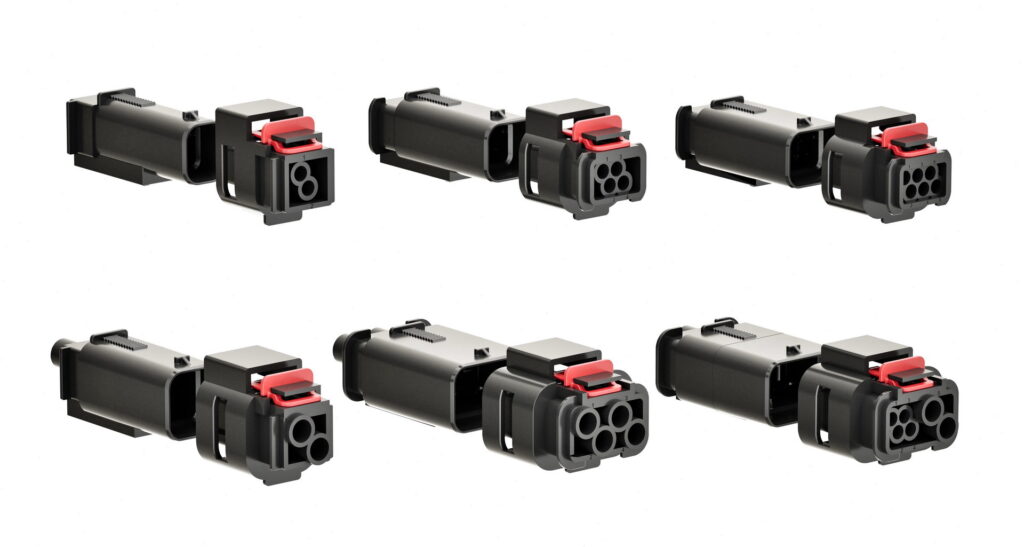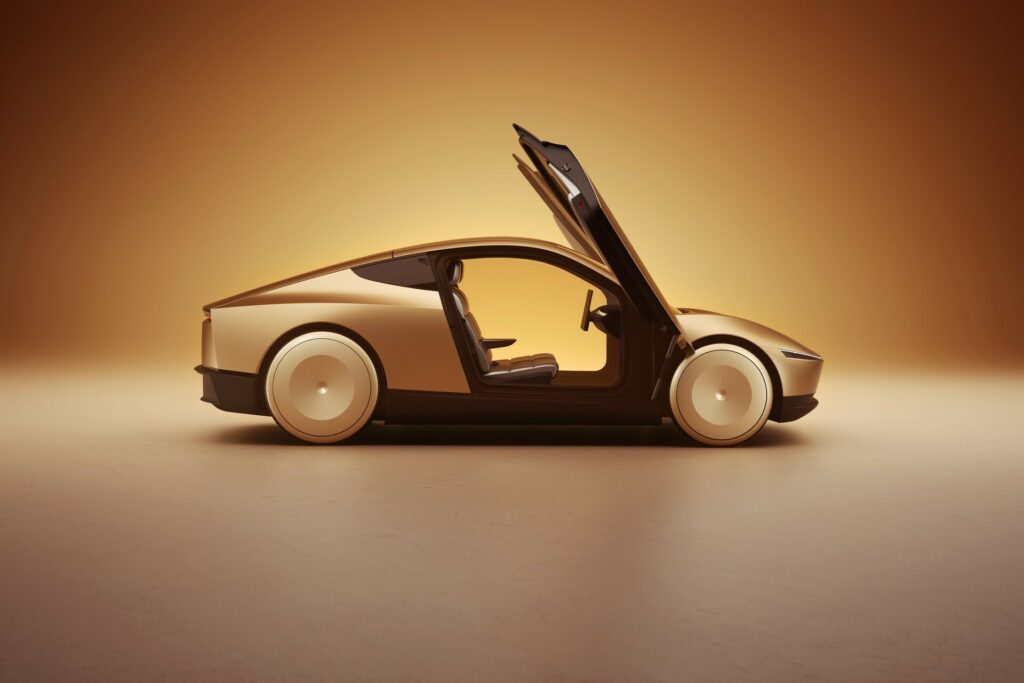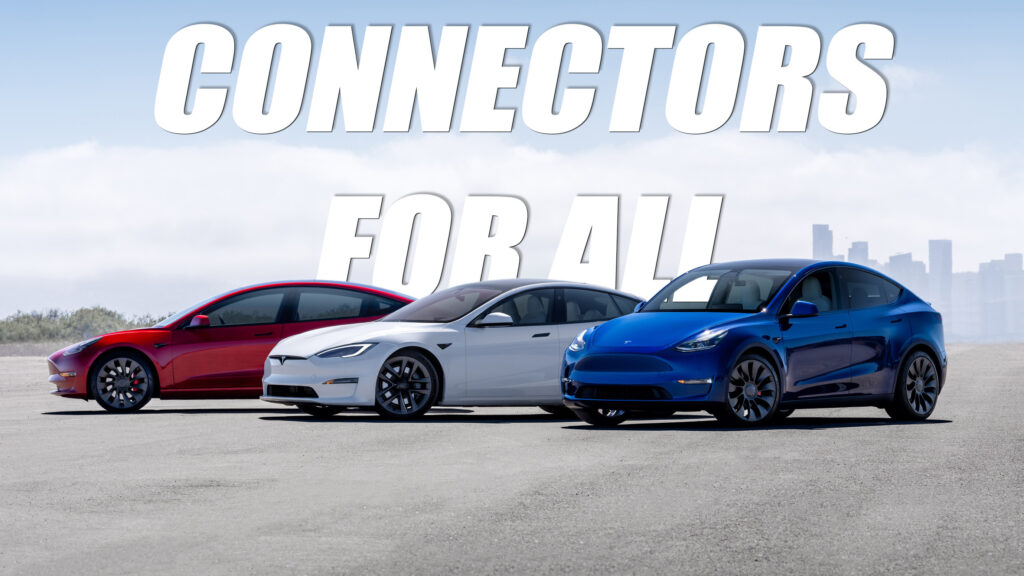- Tesla just announced what it’s calling the Low-Voltage Connector Standard (LVCS).
- It enables the brand to save money by making some 90 percent of electrical connections uniform.
- The automaker believes that other brands should also adopt the standard like they did with NACS.
There is no question that Tesla revolutionized the automotive market. Now, it’s trying to push it even further by adopting a new standardized electrical connector. According to Tesla, the connector can cut costs, enable additional manufacturing automation, and improve operational efficiency.
Notably, the connectors are a part of Tesla’s move to a 48-volt architecture in the Cybertruck. The brand touts how that design saved weight and complexity. In addition, as Tesla points out, it allows a vehicle to use the same amount of power with only 25 percent of the current in a 12-volt application. Let’s take a closer look at how the connectors work.
More: Someone Rented Out A Tesla Cybertruck On Turo – And It Blacked Out
The six pieces Tesla shows off in its latest blog post all look similar. They share the same general body, shape, and size. The physical latch and connection interaction are identical. The big changes are inside of the body where Tesla has various layouts for different wiring requirements. Evidently, these six connectors can serve more than 90 percent of the typical electrical device applications in a car.
“It meets the requirement for increased spacing for 48V operation and is available in industry-standard light blue,” says Tesla. “It utilizes robust single wire sealing and independent secondary locking mechanisms while minimizing the package size.” All of those features enable more efficiency during the manufacturing process and could help automakers cut costs.

Whether or not other brands will adopt these features is very much up in the air. No other automaker currently builds a car on 48V architecture. Tesla believes in the tech so much that it sent guides on how to do it to several other automakers as the Cybertruck was coming out. This same tech is something it plans to leverage for its promised Cybercab fleet.
It’s worth noting that one of the big issues with moving to a 48V architecture is the lack of product suppliers that build the necessary components. It would seem that Tesla is happy to be that supplier at this stage.





